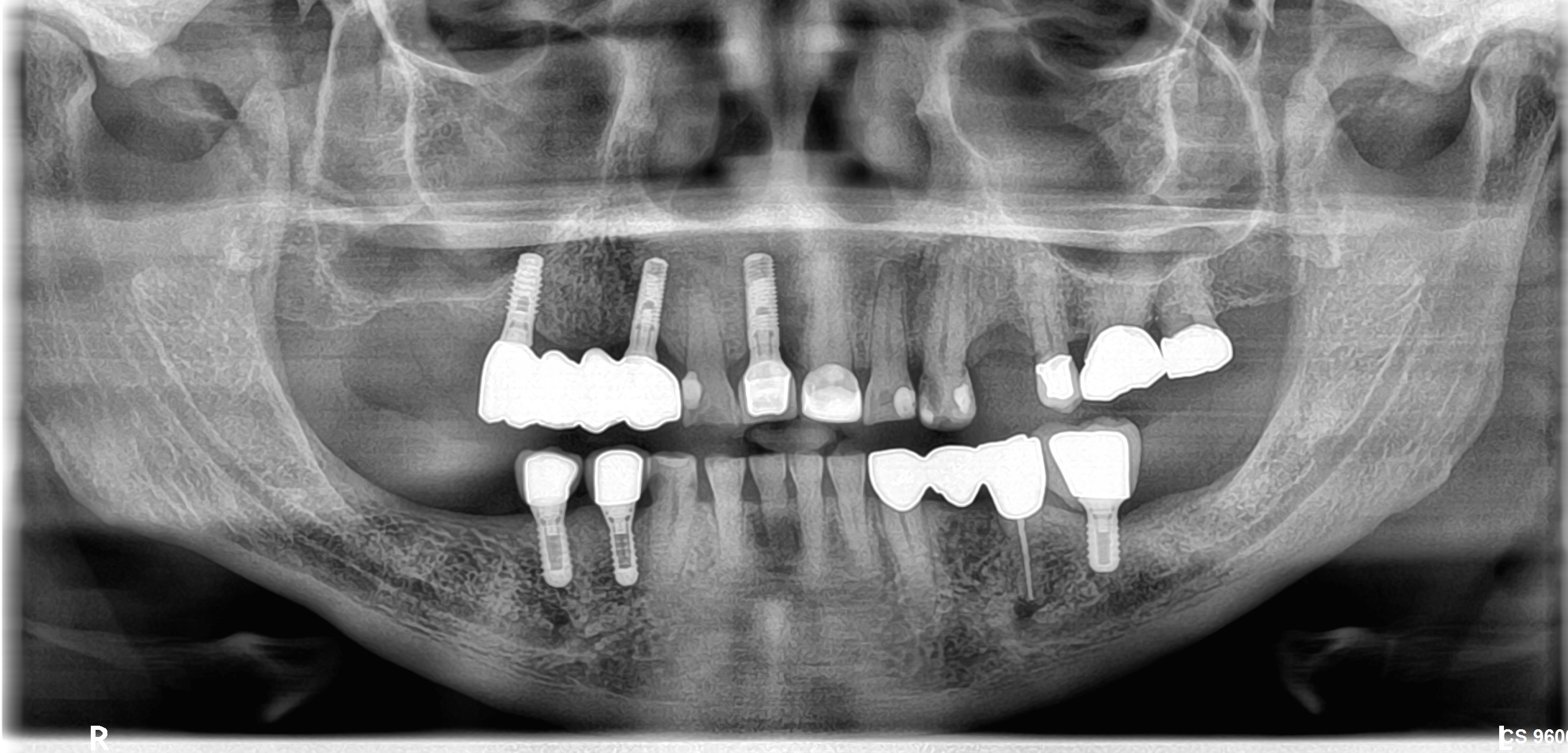Abandon cement retention?
![]Cemented implant restoration being cut off to access the retaining screw (source: British Dental Journal 201, 501 - 507 (2006) Published online: 21 October 2006)](https://osseonews.nyc3.cdn.digitaloceanspaces.com/wp-content/uploads/2015/04/cement-retention.jpg)Cemented implant restoration being cut off to access the retaining screw (source: BDJ)Cement retention became popular in the late 1990’s in an attempt to make prosthesis retention more like crown and bridge on natural teeth. For many of us, you used screw retention when you needed it and cement retention when you did not. The problem was excess cement which could cause all kinds of problems, occasionally resulting in the loss of the implant. From a clinical technique perspective, cement retention is generally easier. As more dentists have experienced problems with cement retention, more are returning to screw retention. One perspective is that if you select your cases properly, use a judicious cementation protocol, and do a thorough job cleaning up afterward, you have little chance of problems. But one problem with cement retention is that it can be difficult or impossible to retrieve the prosthesis if you needed to.
![]Ideal spacing for screw restoration (Source: BDJ 201, 501 - 507 (2006) Published online: 21 October 2006)](https://osseonews.nyc3.cdn.digitaloceanspaces.com/wp-content/uploads/2015/04/screw-retention.jpg)Ideal spacing for screw restoration (Source: BDJ))Many of us have developed techniques for using cement retention to make it like screw retention such as having the dental lab put a pinhole down the occlusal and filling it with composite. So after cementing the crown, if you needed to retrieve it, you drilled down the pin hole to the abutment screw and detorqued the abutment or crown. Some companies have developed non-setting cements for implant cementation. Do you feel that we should abandon cement retention because of all the problems associated with it and return to screw retention? Do you feel that cement retention is a viable option under the appropriate circumstances?
(Note: Source of images is: Screw versus cemented implant supported restorations: British Dental Journal 201, 501 – 507 (2006)
















